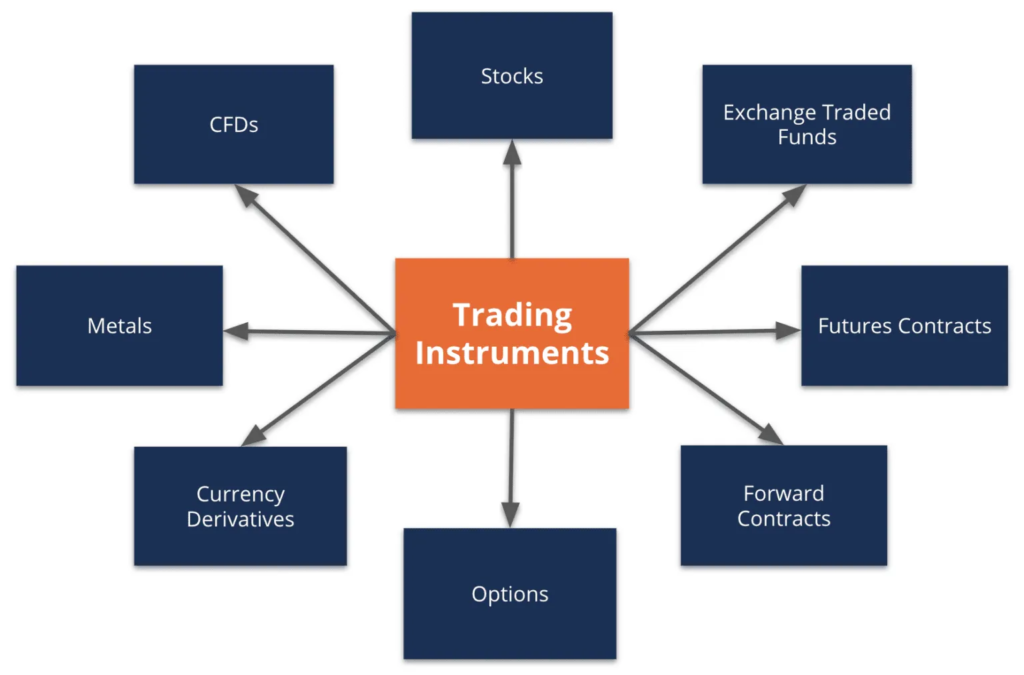Mastering the Basics of Trading: A Beginner’s Gateway to Financial Markets
Introduction: Why Trading Is More Than Just Buying and Selling
Trading is no longer just for professionals or the wealthy. With digital platforms and a little knowledge, anyone can step into the world of trading. But before you dive into strategies or charts, understanding the basics is key.
What is Trading?
Trading is the act of buying and selling financial instruments—like stocks, currencies, or commodities—with the goal of earning a profit. It’s a mix of skill, timing, and psychology.

Different Types of Trading Styles

1. Day Trading
This method requires you to open and close all trades within the same trading session. Day traders often make multiple trades a day, reacting to news, technical signals, or momentum. It’s fast-paced and not for the faint-hearted.
4. Scalping
Scalpers aim to take small profits many times throughout the day. They trade in seconds or minutes, often using leverage and tight spreads. Although returns per trade are small, volume makes up for it.
2. Swing Trading
Swing traders hold positions for a few days or even weeks to take advantage of expected market shifts. This style allows for more flexibility and deeper analysis compared to day trading, making it suitable for people with limited time.
3. Position Trading
Here, trades are held over longer periods—weeks to months or even years—based on the trader’s confidence in long-term trends. It involves less stress and less frequent decision-making.
What Financial Instruments Do Traders Use?
Equities (Stocks)
You buy shares of companies with the expectation that the price will increase over time or you’ll receive dividends.
Forex (Currencies)
The world’s largest market. You speculate on currency pairs like EUR/USD, taking advantage of fluctuations due to global events, interest rates, or inflation data.
Commodities
You can trade physical assets like gold, crude oil, or agricultural products. These are often influenced by geopolitical issues and weather conditions.

Crypto Assets
A new-age market with high volatility. Traders can make—or lose—money quickly here. It requires strong technical understanding and strict risk control.
Derivatives
These are contracts based on the value of an underlying asset (like stocks or indexes). You can profit from both upward and downward market moves.
Key Concepts Every Beginner Must Know
Technical Analysis
You use past price movements, volume, and indicators to forecast future prices. This helps in identifying support, resistance, and entry points.
Fundamental Analysis
This includes reading financial statements, analyzing company performance, and monitoring economic data. It’s mostly used for long-term strategies.
Leverage
While leverage increases your potential profits, it also increases potential losses. Use it wisely, and only when you’re confident in your trade.
Risk Management
Smart traders don’t chase profits—they manage risks. Always set a stop-loss and know how much you can afford to lose in each trade.
Beginner Mistakes to Avoid
Relying on Stock Tips: Do your own analysis.
Overtrading: Trading too often increases cost and reduces quality.
Ignoring Risk Controls: One bad trade can erase your capital.
Trading on Emotions: Fear and greed should never guide your decisions.
Conclusion: The Foundation to Trading Wisely
The trading journey begins with curiosity, but it is consistency and knowledge that define long-term success. Focus on learning before earning, and keep emotions aside to make logical decisions. Once the basics are in place, you’ll be ready to scale up and explore advanced strategies confidently.


No responses yet